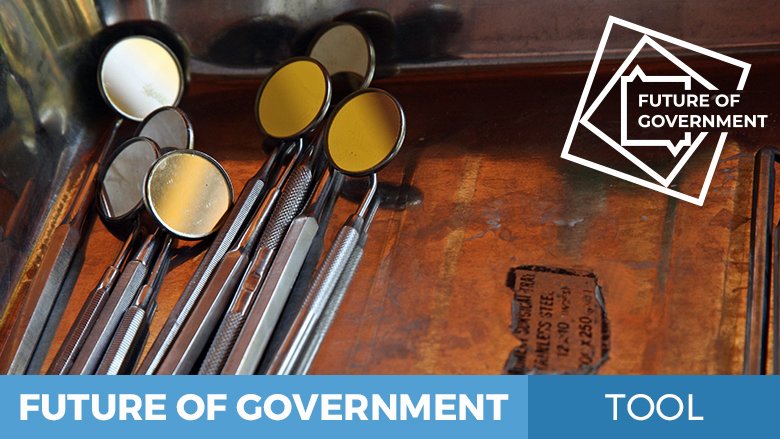The center of government (CoG) can be an agile and efficient problem-solving institution – and there are tools available, if used when the context and circumstances are right, that can help drive delivery and performance. Tools can be arranged around clusters of planning, governing, implementing, and improving service delivery, as outlined in the chart below.

STORY HIGHLIGHTS
- While a center of government function (CoG) can take on many forms, there are tools at the center’s disposal to enable and drive delivery and performance and ultimately better serve citizens.
Source: BSG 2021
Planning efforts need to be designed to proactively engage within and outside government, to be clear about success, to define priorities in a way that forces real choices, and set up the conditions for improvement. At the planning stage, CoGs can use tools such as stakeholder engagement and problem identification plans, priority setting plans, and conduct reviews of ministerial commitments and capabilities to identify gaps.
Tools that contribute to better governance structures include: dedicated cross-agency systems, which facilitate communication and efficient service delivery; central delivery units; and technical expertise centers at the center of government to study different policy options. Some of these tools were launched as a result of the COVID-19 pandemic to coordinate government responses.
These often took on the name of “committees” and were directed by the head of the executive. Sub-committees to address specific challenges were also set up, such as economic challenges and challenges facing local governments. The case of Singapore and New Zealand stand out in this regard. Their governments set up “time-limited structures [which could] quickly analyse data to drive policy formulation and follow-up. They are supported by staff and sometimes have direct access to resources.” In general, the CoG’s role during the crisis was expanded, as these examples illustrate, to create new structures for specific tasks as they arose.
At the implementation stage, CoGs can rely on tools such as data-driven review meetings to engage leaders in implementation; employee recognition programs to recognize model behaviors; or using collaboration platforms such as communities of practice.
Finally, to improve service delivery from the center, Singapore has been at the forefront of deliberately designing policies that consolidate around citizen’s needs, to completely rethink delivery, rather than tweak service delivery around how things had always been done. Placing design – by definition, an innovative undertaking – at the forefront has been the prerogative of Singapore’s CoG. With a mentality of putting design first, Singapore has harnessed the third and fourth clusters of tools at the center’s disposal, namely, creating routines and driving change on the one hand, and supporting and offering provision of cross-cutting services on the other.
During COVID, good communication was demonstrated by South Korea which provided twice daily briefings from the CoG on the Covid-19 pandemic to the public. The outcome was that the government of Korea achieved much higher public approval ratings on how it handled the pandemic response than the median in a selection of 14 high-income countries (86 percent versus 73 percent).
The tools at the CoG to plan, govern, implement, and improve service delivery requires various degrees of capabilities to truly use their potential. Tools will have to be abbreviated and simplified for contexts where attention to planning and reform is difficult to sustain.
Source: BSG 2021
The chart above provides an overview of the level of effort needed (this captures the time involved, the technical expertise or skill needed and costs) in their use and the potential advantage that the CoG can derive from it. For example, clear communication and working with measurable priority goals or targets to citizens requires relatively little financial outlay and cross-government coordination and the potential benefits are large.
Drawn from various sources including BSG 2021.
